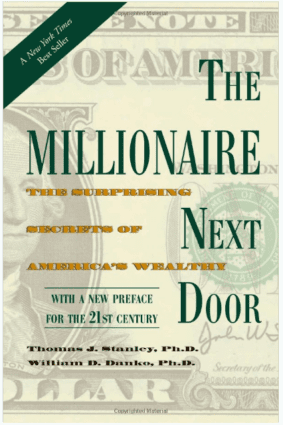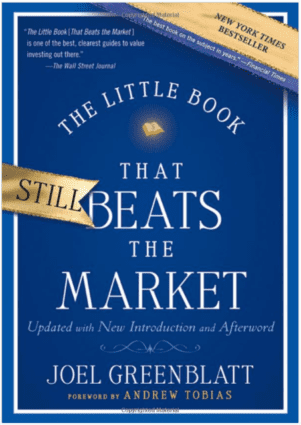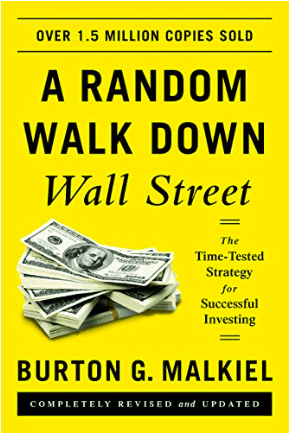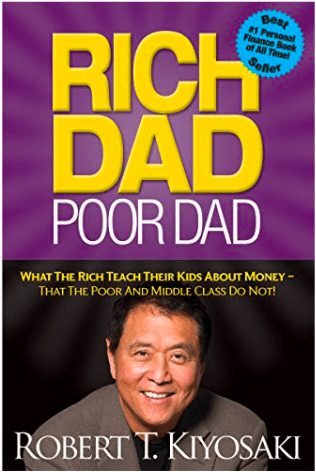Back in 2002 after an exhausting year of teaching high schoolers the basics of grammar and composition, I took a step back, looked into my future, and was not encouraged. I still remember my salary that first year — $20,400. Yes, that’s a gross number and broken down per hour it’s about $7-8/hour (depending on how many hours I was working). So here I was, with a college degree, working my butt off and making about minimum wage.
At that point, I decided to figure out what I really wanted to do with my life, and to begin learning about this whole “money” thing. I still remember the first book I read, one that has to be the most important in changing my viewpoint on money and wealth.
The Millionaire Next Door
The author of this wonderful book completed a 20-year study of America’s millionaires, and his findings completely contradict what most people think about how you become wealthy. Their study of millionaires with net worths of one to ten-million dollars produced all kinds of statistical tables on where the wealthy shop, the cars they drive, and the daily work they do. While these statistics were interesting, the insights into the views and beliefs of this unique group were the real treasure of surprising insights.
The majority acquired their wealth by their own hard work and ingenuity and not by inheritance. How? Most of them followed these factors of wealth accumulation:
- Live well below your means.
- Spend your time, energy and money efficiently in ways that build wealth.
- Believe that financial independence is more important than social status.
- They have strong families and relationships. (Divorce is often a huge detriment to financial independence).
- They know how to pick market opportunities.
- They chose the right occupation.
- As a group, they all have supreme confidence in their own ability.
- They are frugal and their spouses even more so.
These are just a few of the valuable insights gained from this book. They say “imitation is the best form of flattery.” By reading this book, it may also be a pretty good way to get ahead.
The Little Book that Beats the Market
Don’t let the name fool you. There’s a lot of investing wisdom in this “little book.” It’s written by one of the biggest names in the investing world, a stock-picking guru and hedge fund manager named Joel Greenblatt, whose investment firm has averaged over 40% returns for 20 years. (You can read more about his track record at magicformulainvesting.com.)
Now, I am not one who recommends that the average person jump into picking stocks, unless they have a background in investing or finance and, more importantly, are willing to do the the tremendous amount of work that goes into researching a single company. For more information on why I say this, read my recent post on “Should You Pick Individual Stocks?” (As an aside, Warren Buffet is famous for reading the annual reports of companies for decades before buying. In fact, in the case of Wrigley’s and IBM, it was 40-50 years before he pulled the trigger. Now that’s research!)
So, if I don’t recommend this book as an investment strategy, why is it on this list?
Because it’s a great way to get your feet wet into the basics of stock investing. (Caveat: these are admittedly the basics, but I’m assuming the reader is not already an expert in investing.) Even if you are the most uninitiated person in the world of finance, you will have a good understanding of how a successful investor thinks by reading this book. And, as an added bonus, this is a quick and easy read. Most decent readers can start and finish it in just a few hours.
A Random Walk Down Wall Street
This is a great follow up to Greenblatt’s book, and an absolute investing classic. Again, I don’t necessarily agree with everything inside the covers, but as a general introduction to the efficiency of markets is very helpful, and will save you from chasing foolish investment strategies that promise high returns with minimal risk. It also forms some of the foundational thinking for my post on “Why You Should Automate Your Investments?”
agree with everything inside the covers, but as a general introduction to the efficiency of markets is very helpful, and will save you from chasing foolish investment strategies that promise high returns with minimal risk. It also forms some of the foundational thinking for my post on “Why You Should Automate Your Investments?”
The core premise is that the stock market (and other markets, to various degrees) is efficient, meaning that all the public information is already priced into a given stock at any given time. Therefore, it’s quite difficult (I won’t say “impossible”) to “outsmart” other investors by picking individual stocks, because the price already reflects both the potential upside and the risk.
Academics, professionals, and individual investors continue to debate the complete accuracy of the “efficient market hypothesis,” but few doubt that the market is efficient to at least a fairly large degree.
The takeaway for the “regular” person just trying to save for retirement is that since we all have limited time and resources, it’s wisest to devote your energy to things that make the most difference, such as maximizing your earning potential, saving as much as you can, minimizing taxes, and setting an appropriate asset allocation. Picking stocks, while possibly fun and exciting, probably should not be the #1 focus.
Rich Dad, Poor Dad
Another classic to help you get started towards financial independence is Rich Dad, Poor Dad. Although Kiyosaki focuses more on real estate investing than stocks, bonds, and cash, the key principles are what’s  important from this book.
important from this book.
One of the important nuggets of wisdom from this book is that you need to have a mindset change to be successful with money. Many, many people that I have met who have reached Financial Independence credit this book as a big part of their transformation. Kiyosaki’s main point is that most people think the way to financial success is through a good education and a well-paying job. However, his “poor Dad” had both of those things, and struggled with money his entire life. On the other hand, his “rich Dad” (actually a friend’s father and personal mentor), had neither of those things but was very successful with money. The main difference between the two was how they approached money — one worked for money and the other figured out how to get money to work for him.
He goes on to discuss how that mindset extends to the types of “assets” the rich buy, versus the poor. Rich people buy true “assets,” by which Kiyosaki means income-producing investments. This usually takes the form of investment real estate, stocks, bonds, royalties or business interests. Poor people buy “assets” that aren’t really assets at all, such as a personal residence or cars and other consumer goods.
While I don’t necessarily agree with all of his recommendations, and his writing style can be a little obnoxious for my taste at times, Kiyosaki’s book is a classic because it challenges our assumptions, and has helped millions get on the right path to financial freedom.



